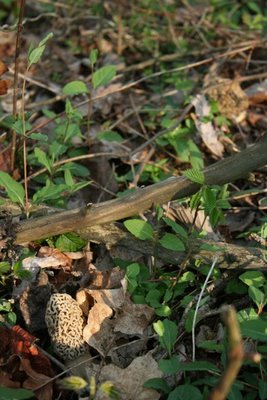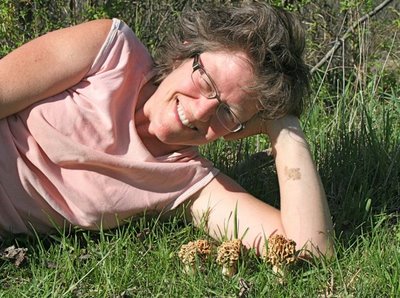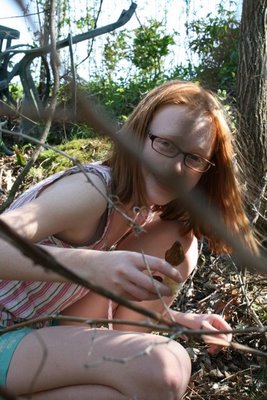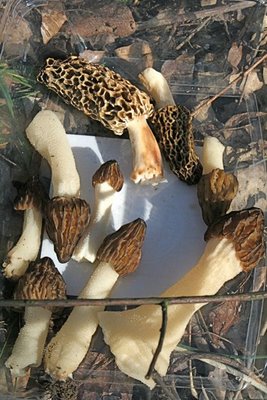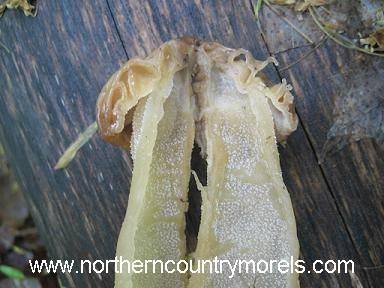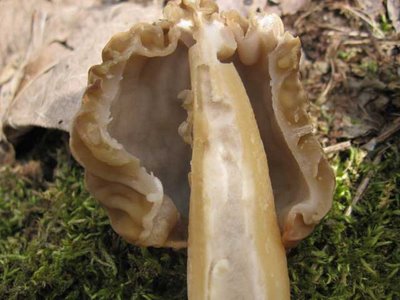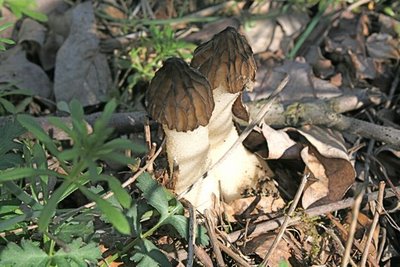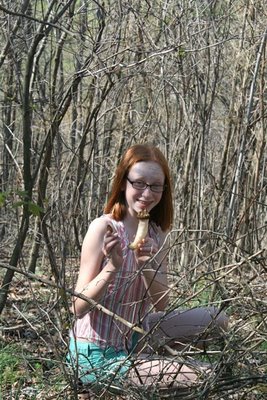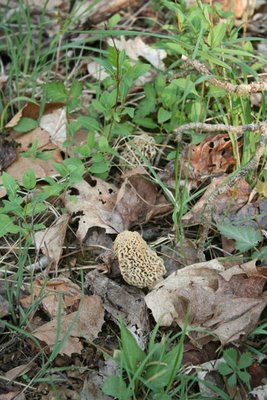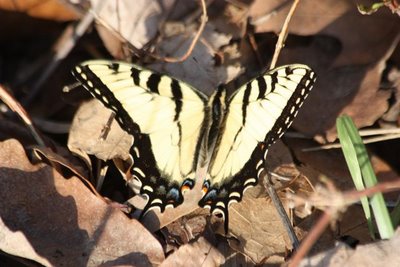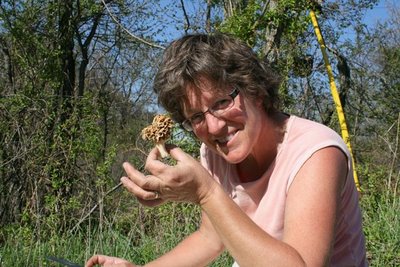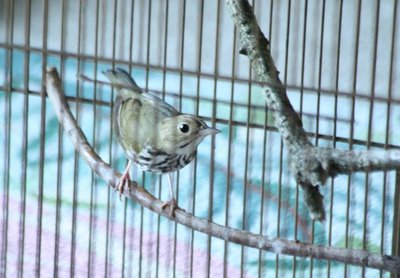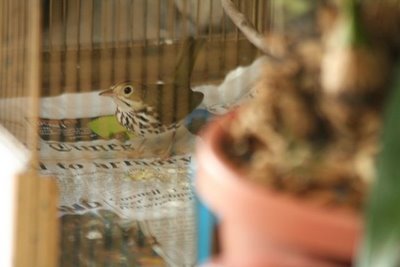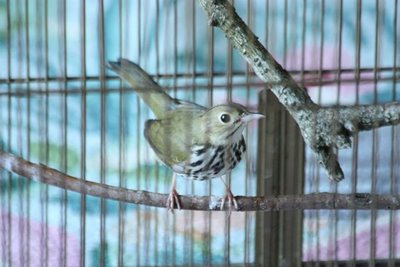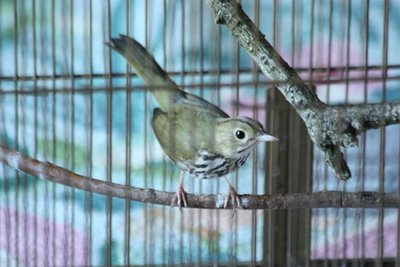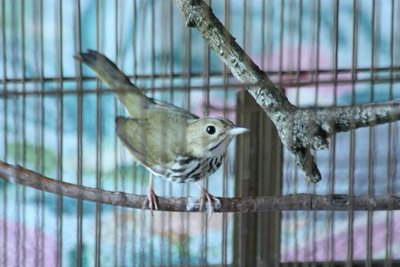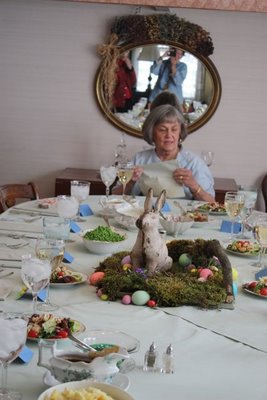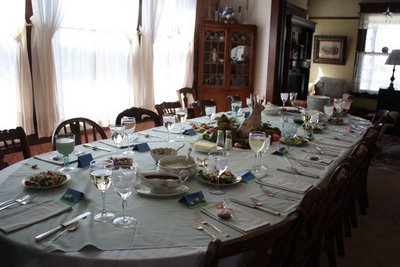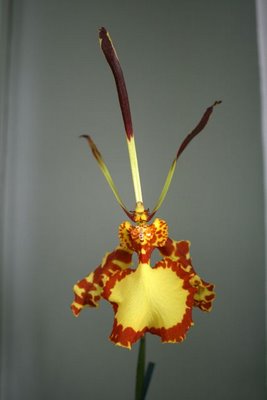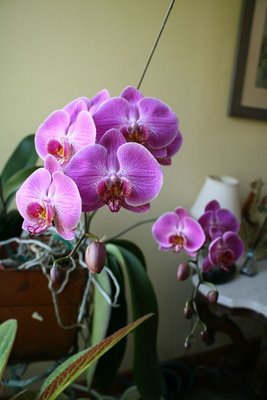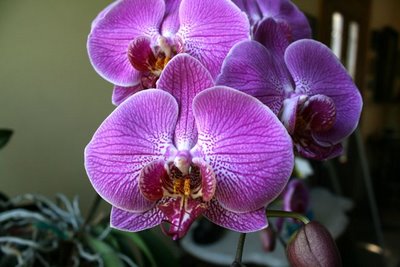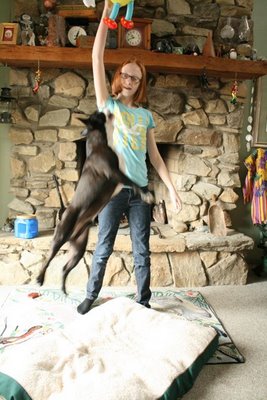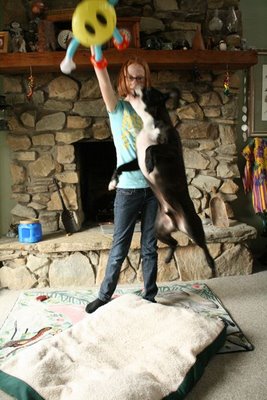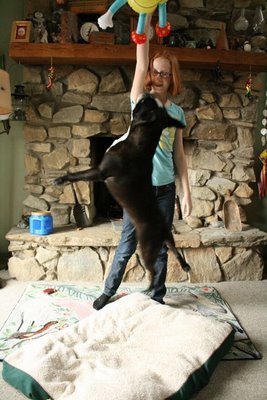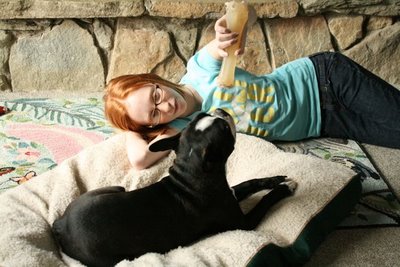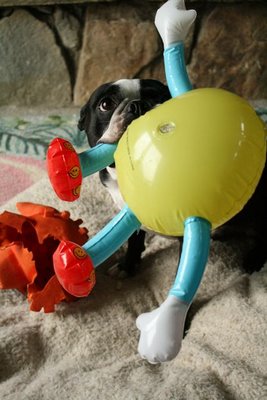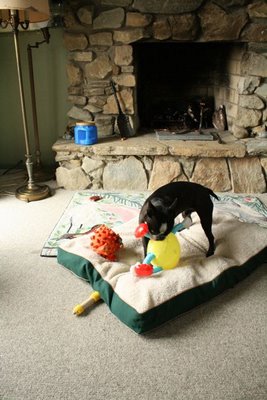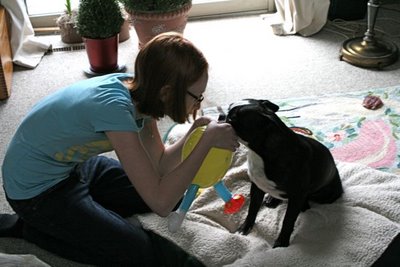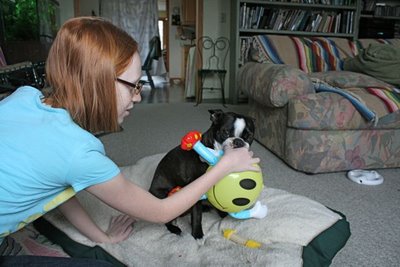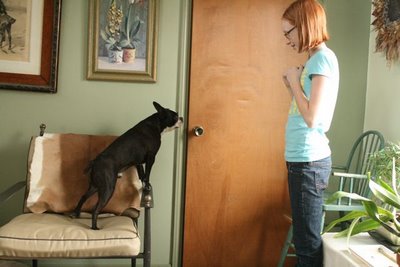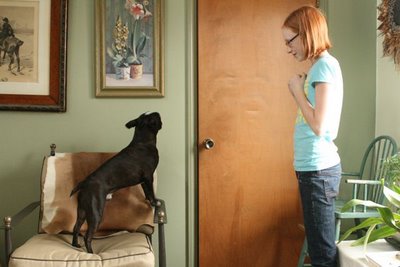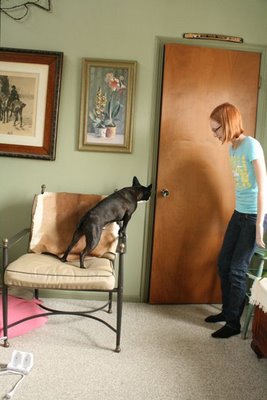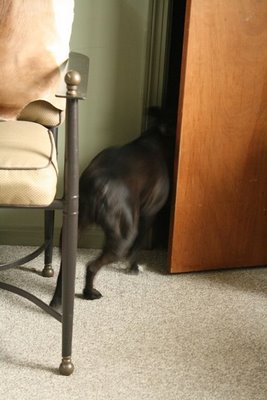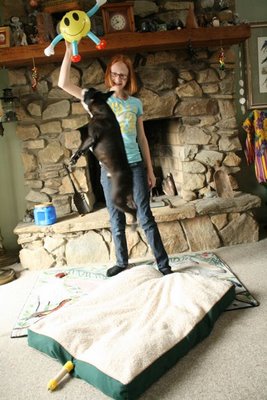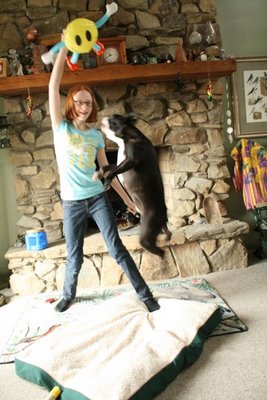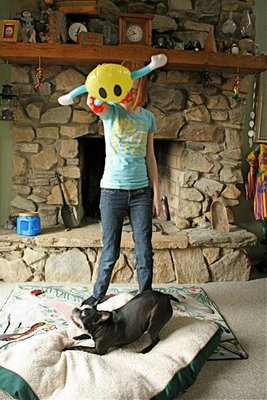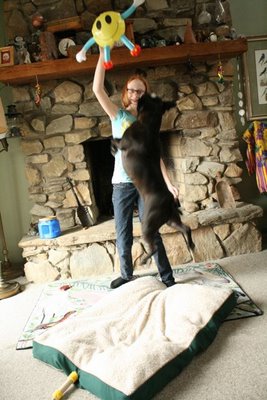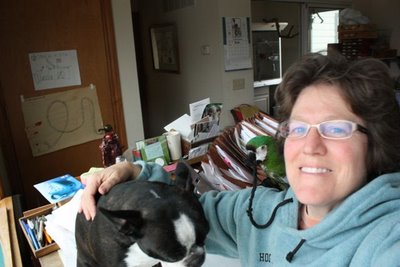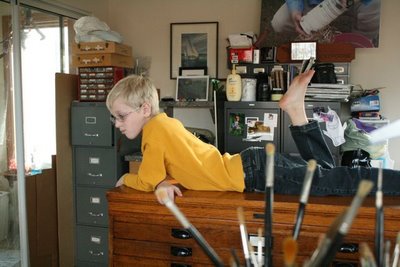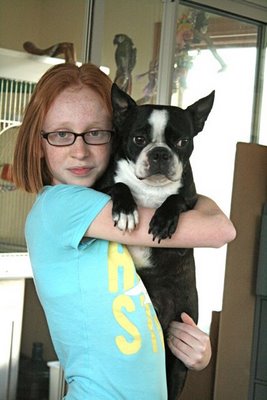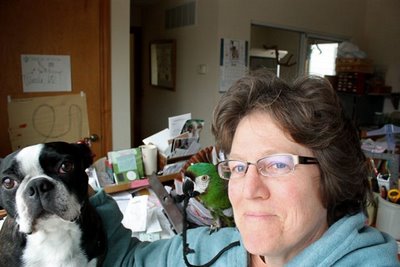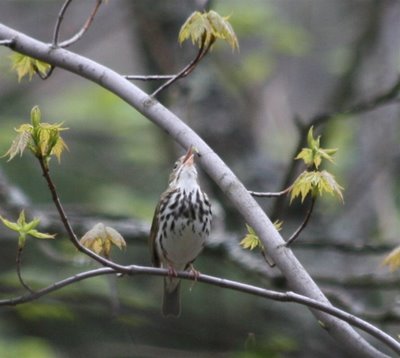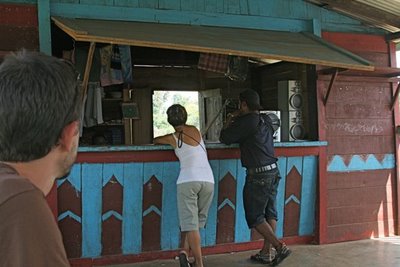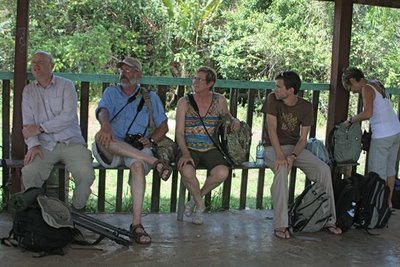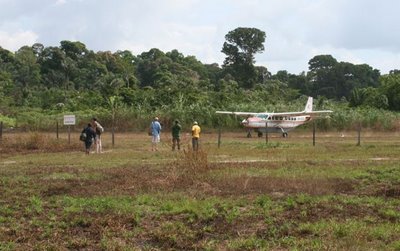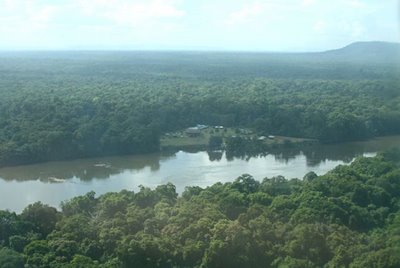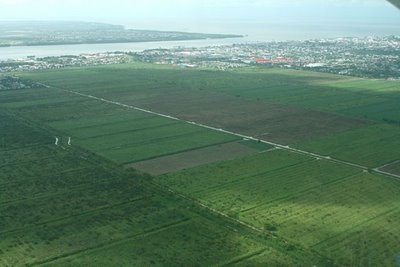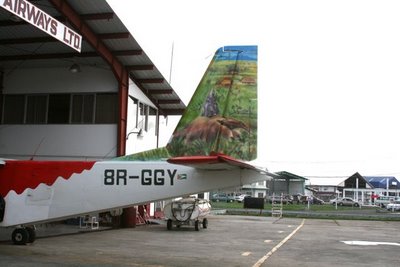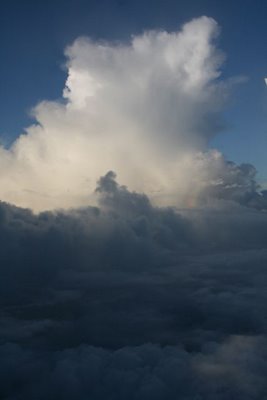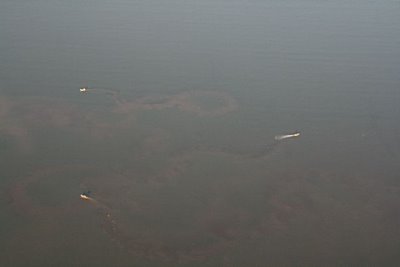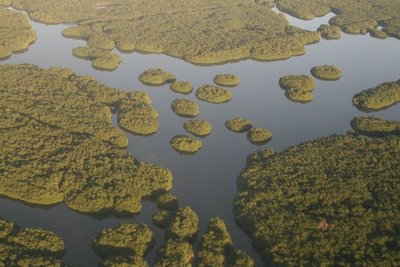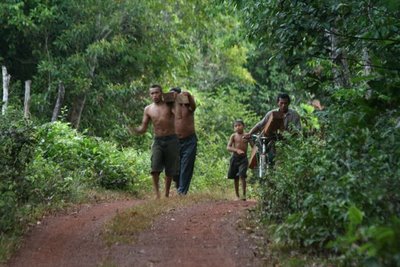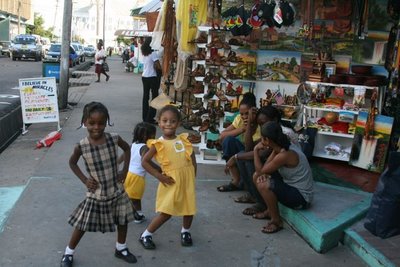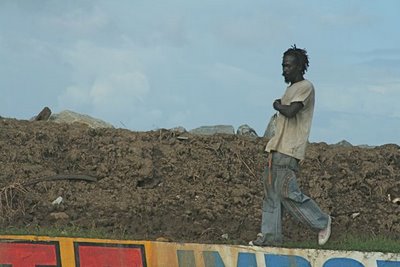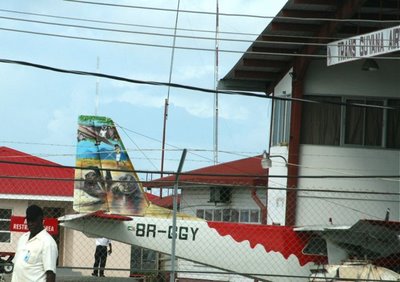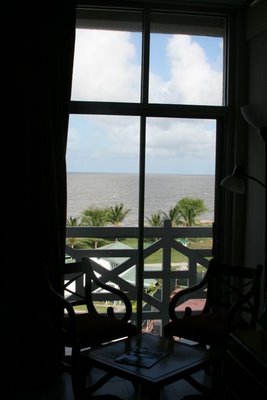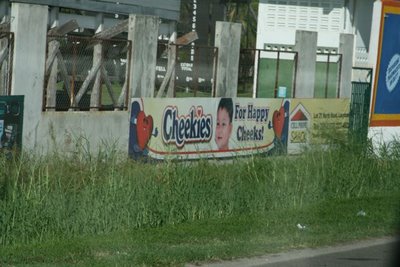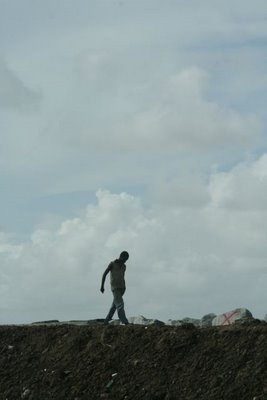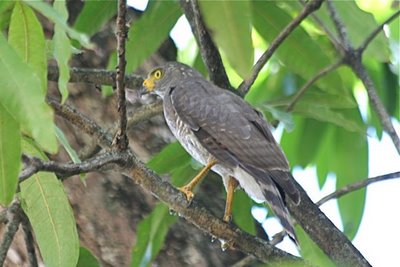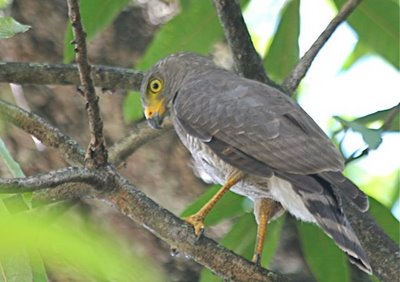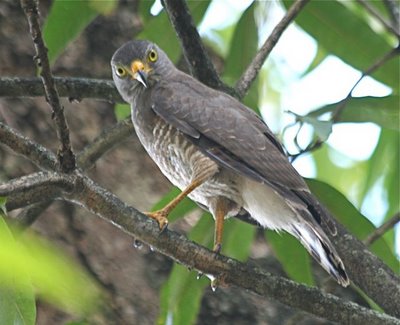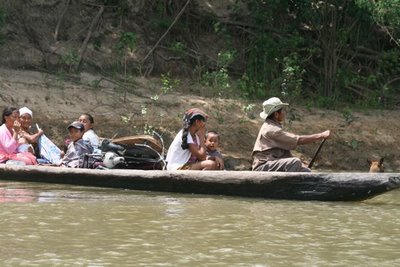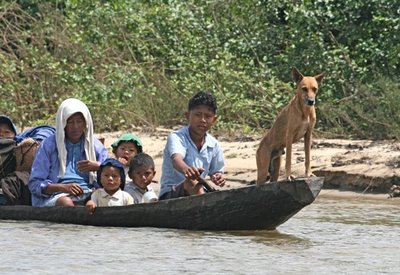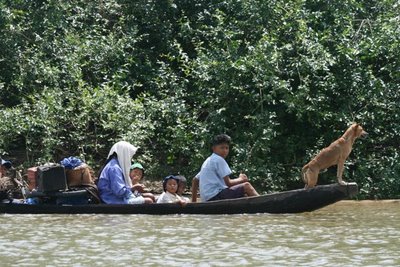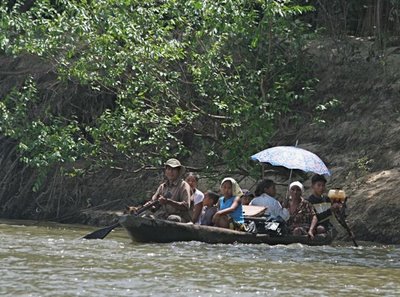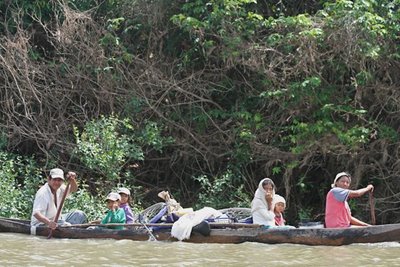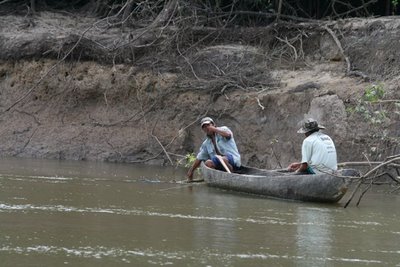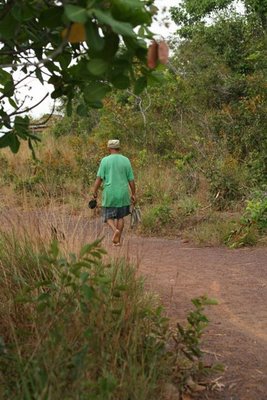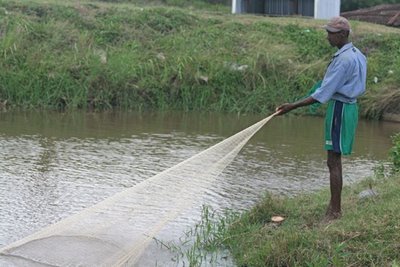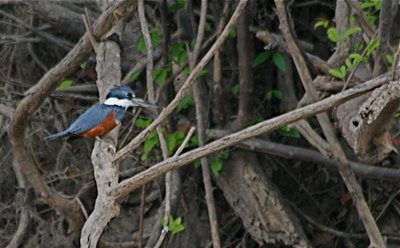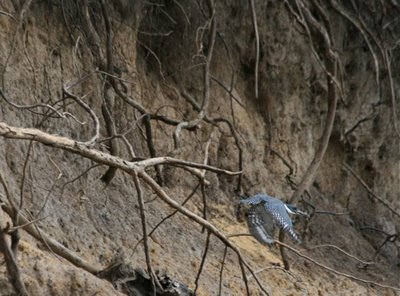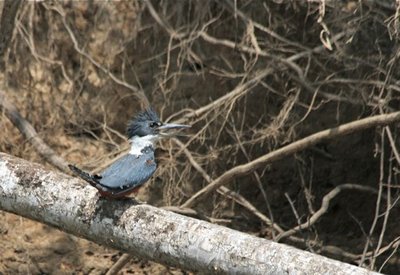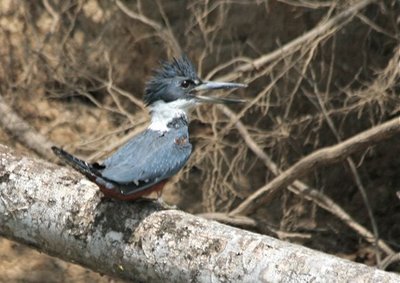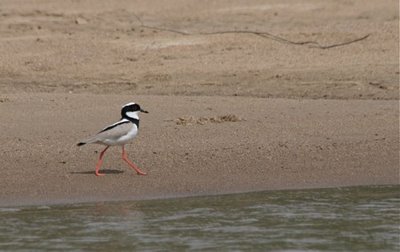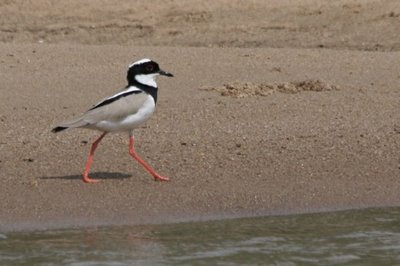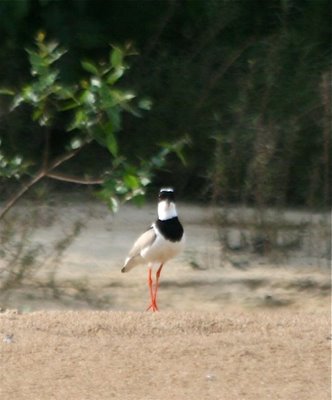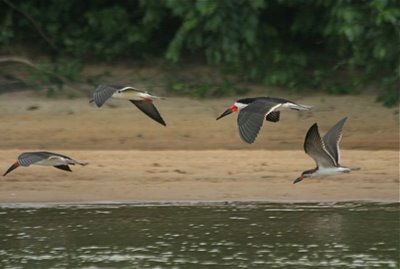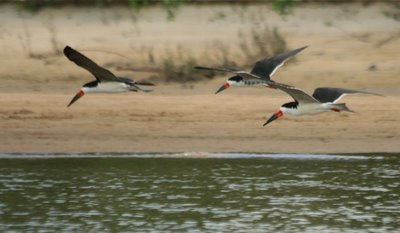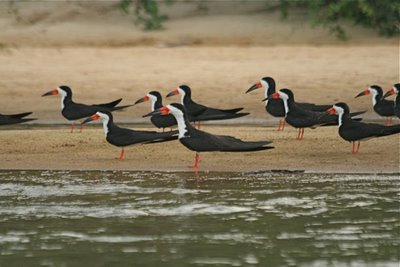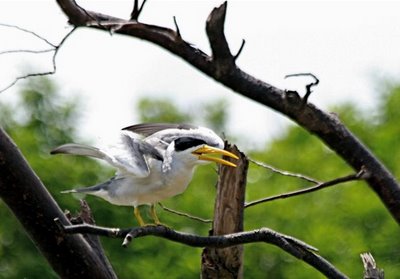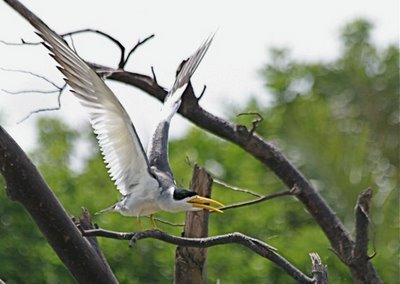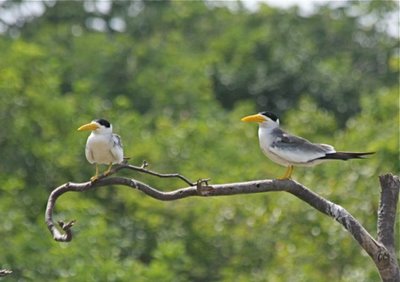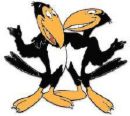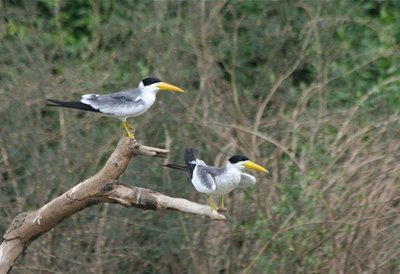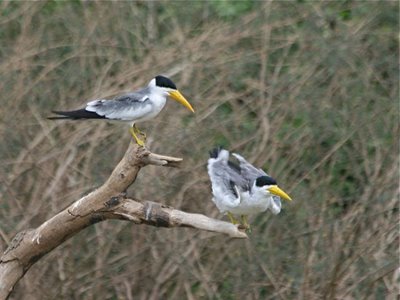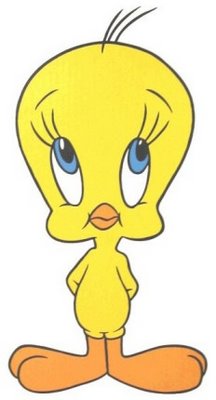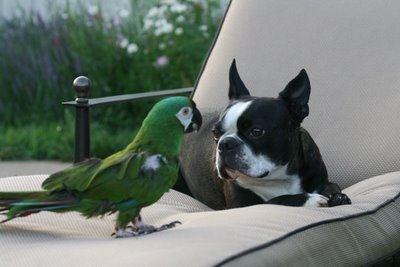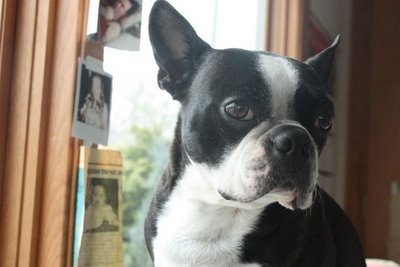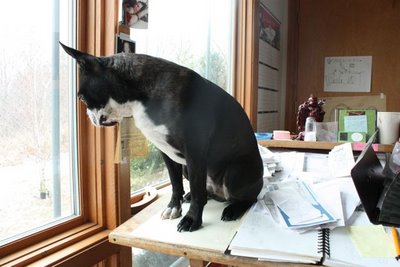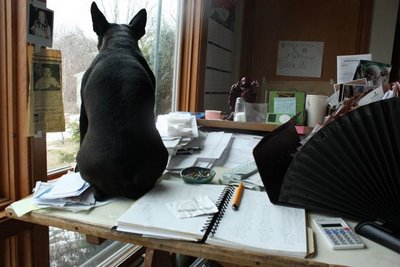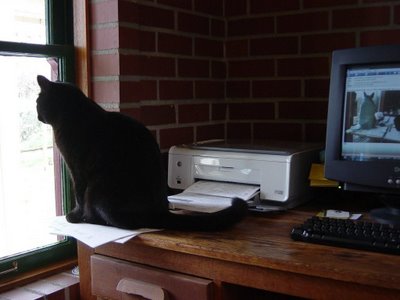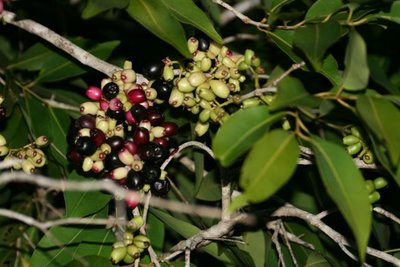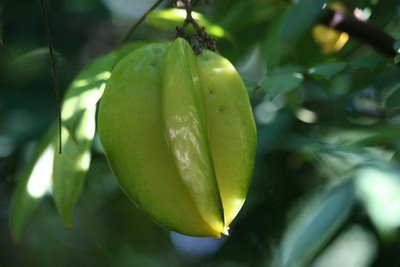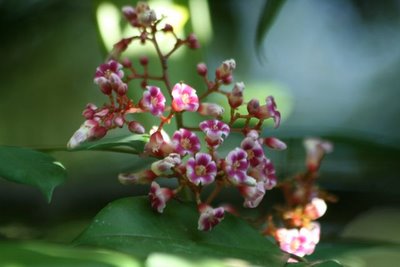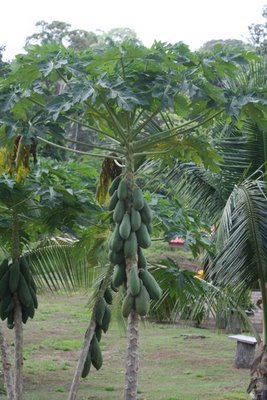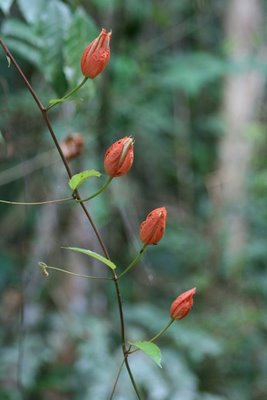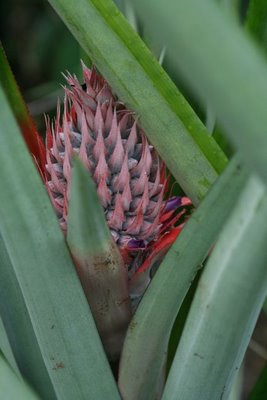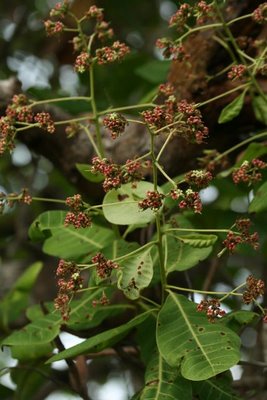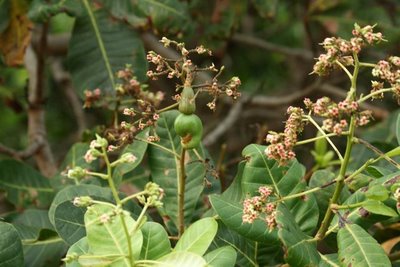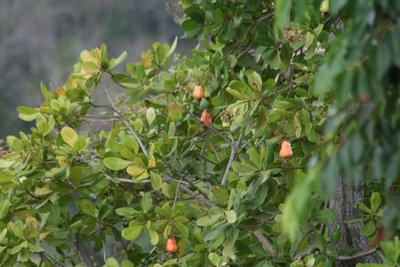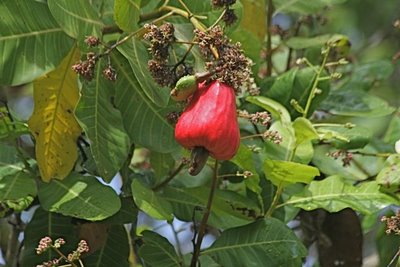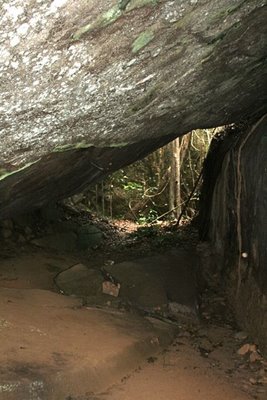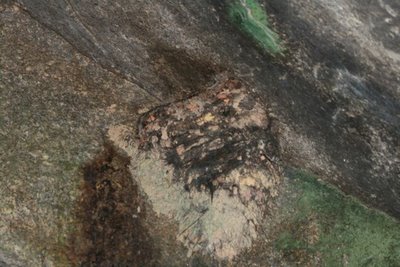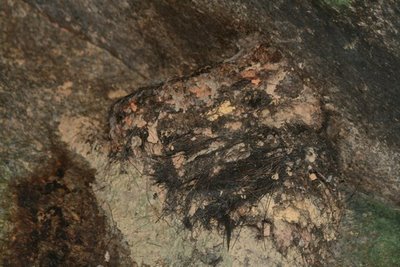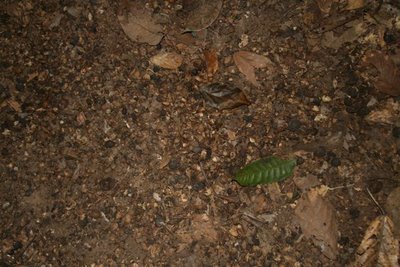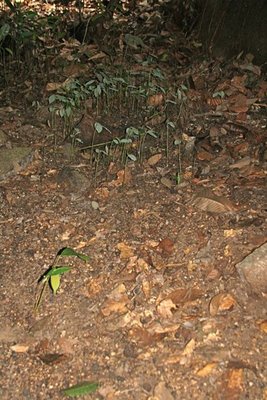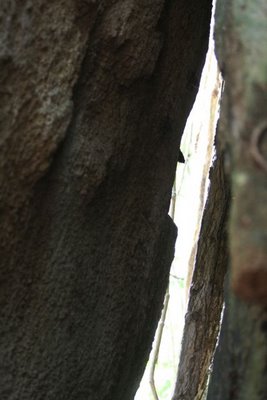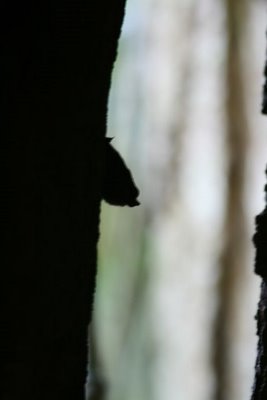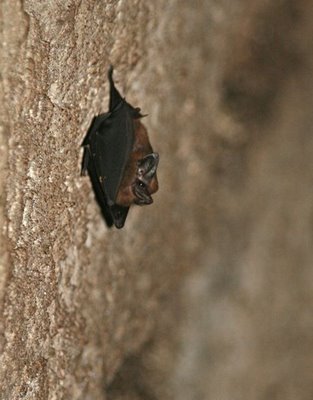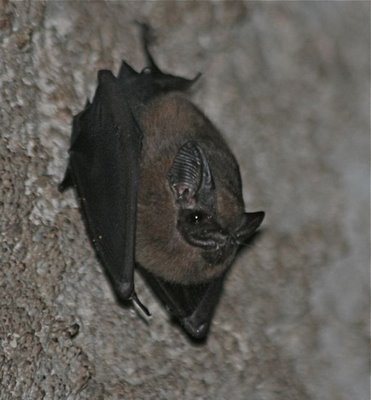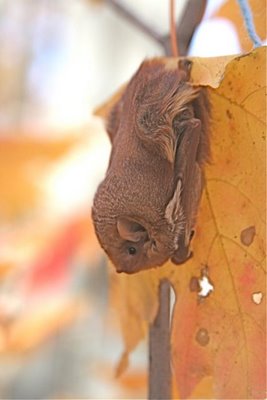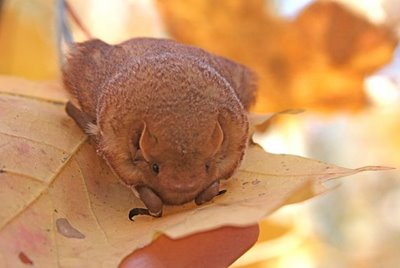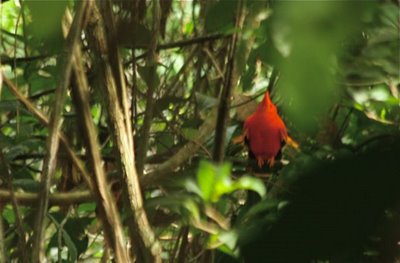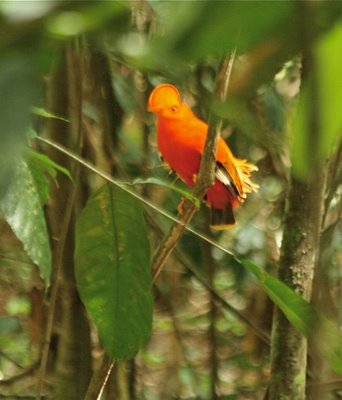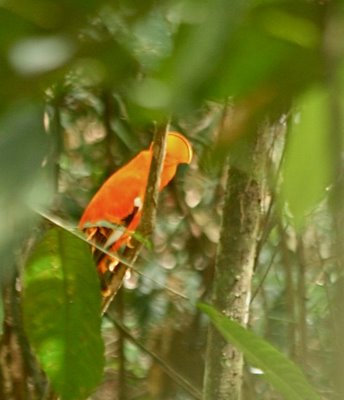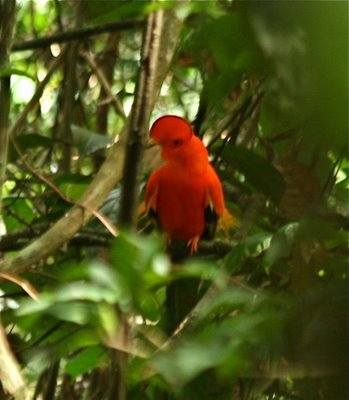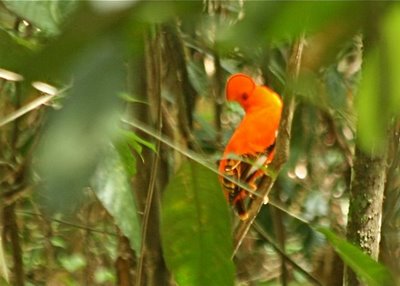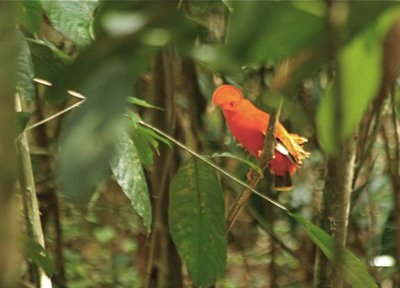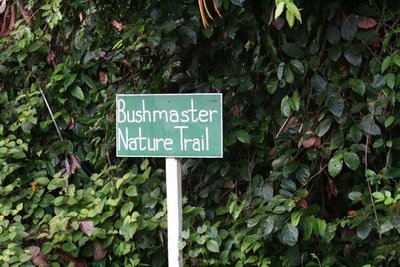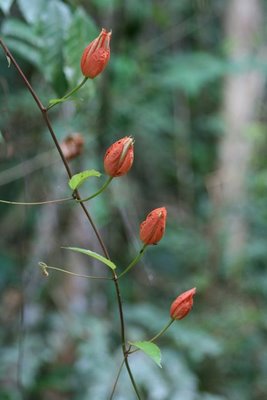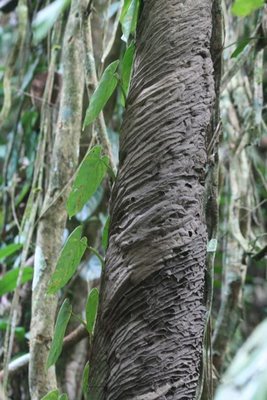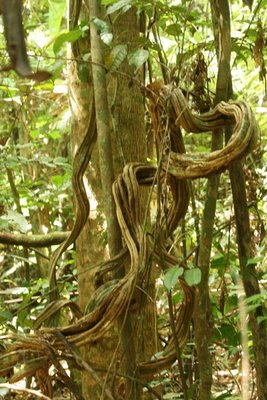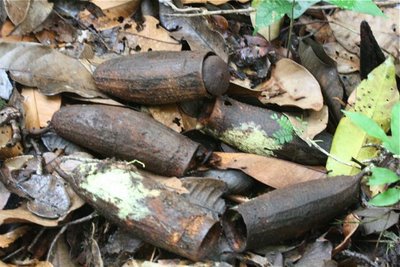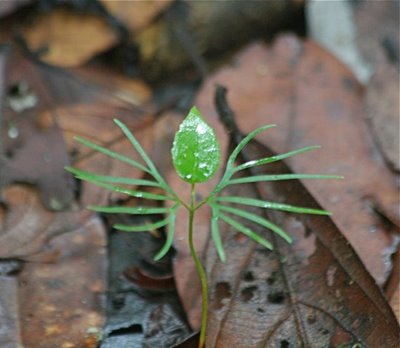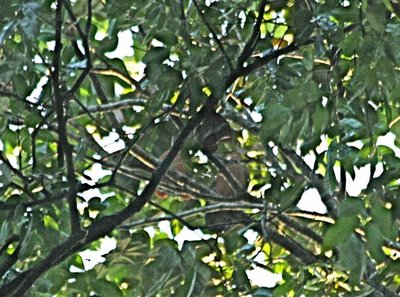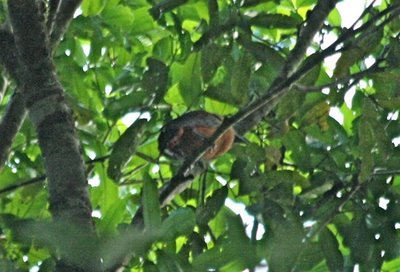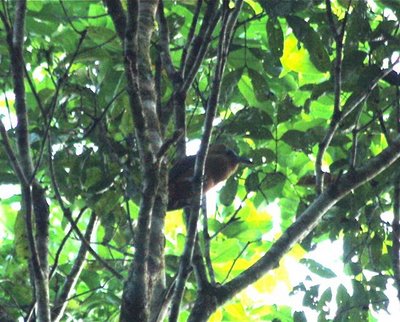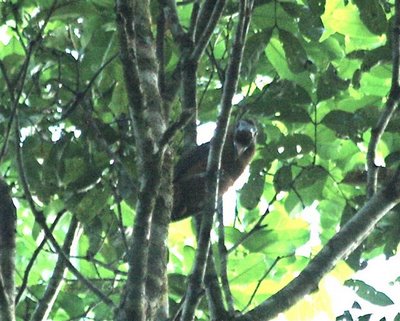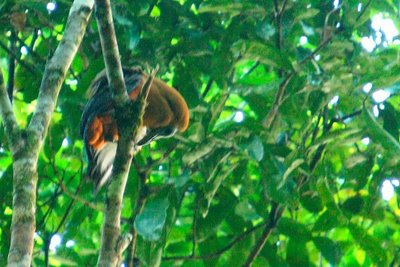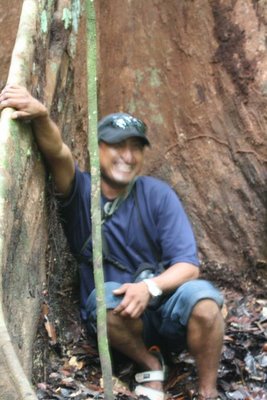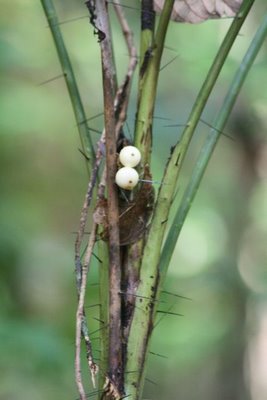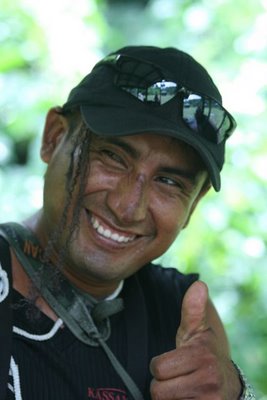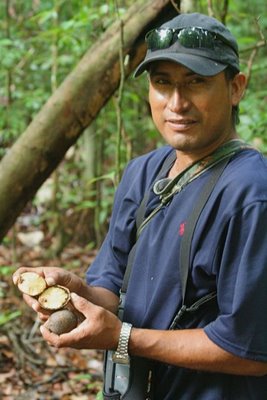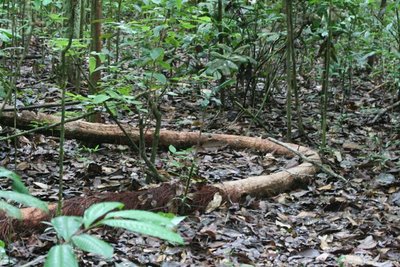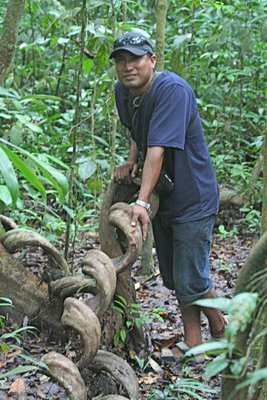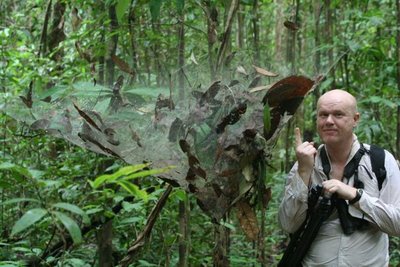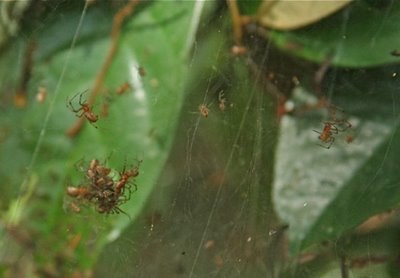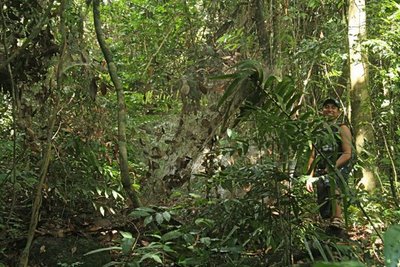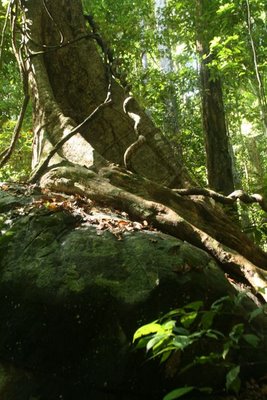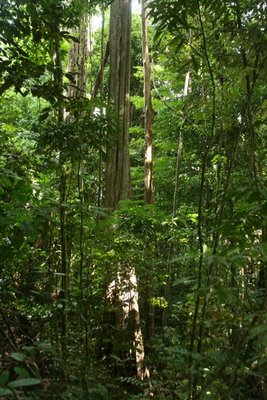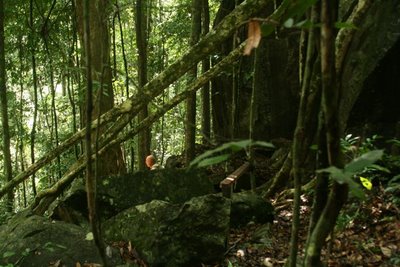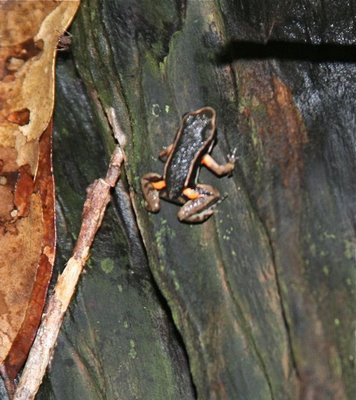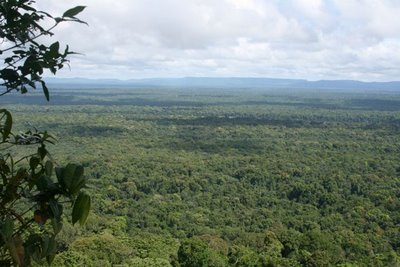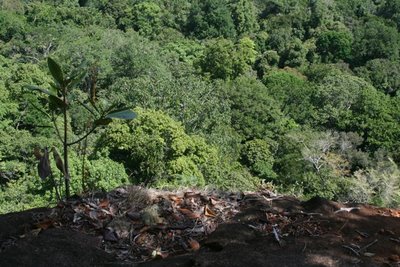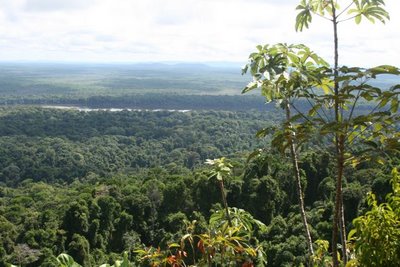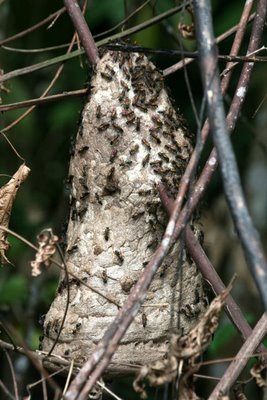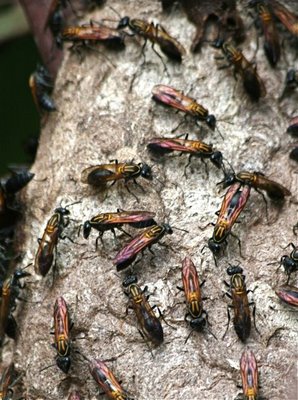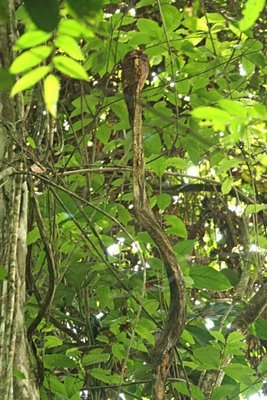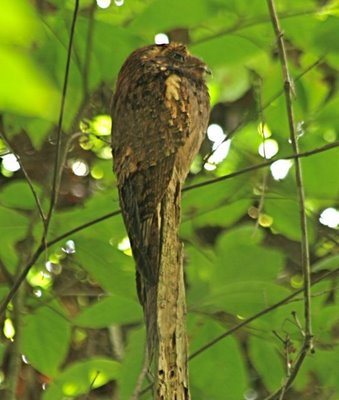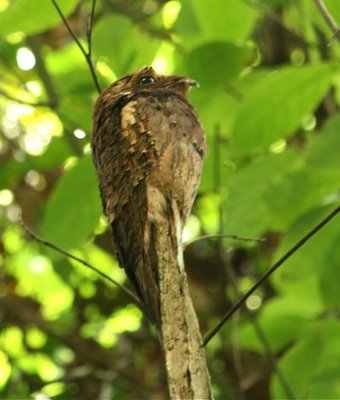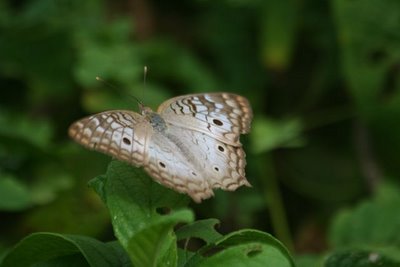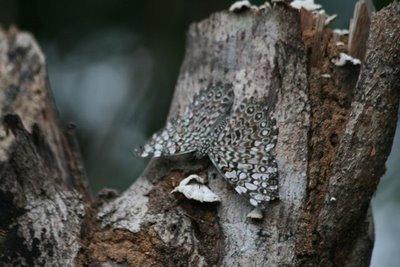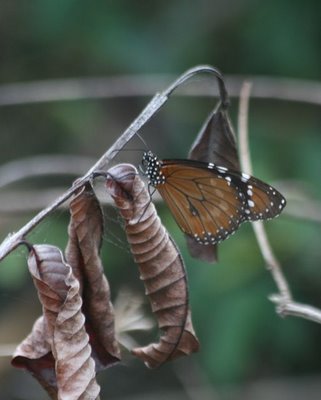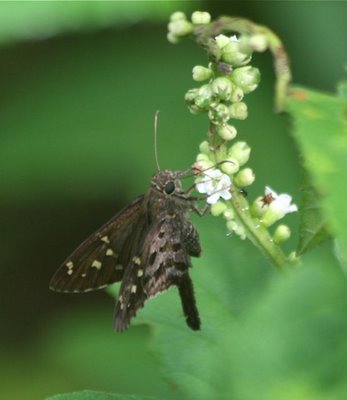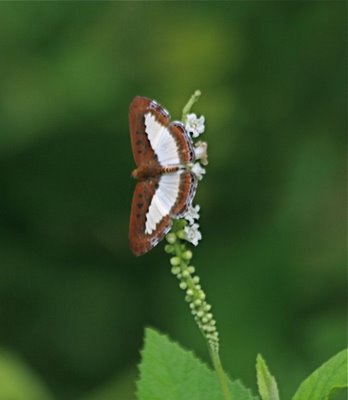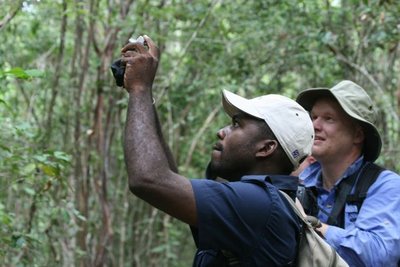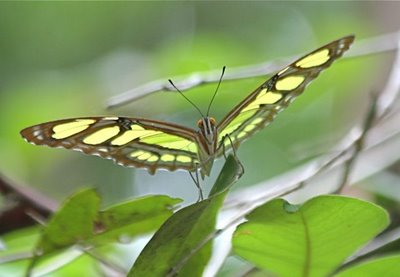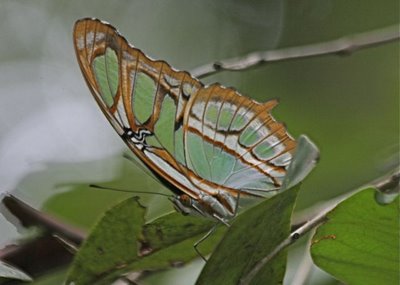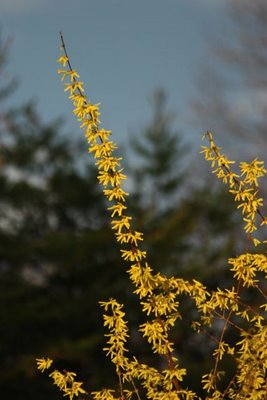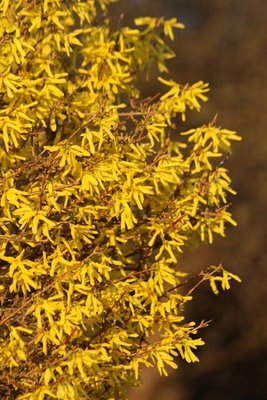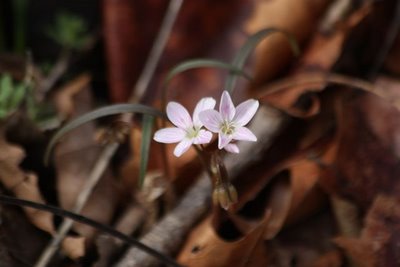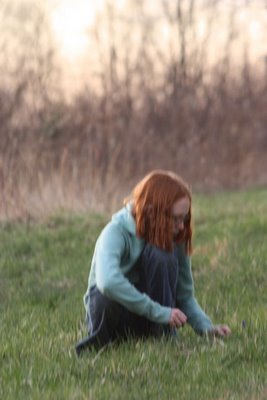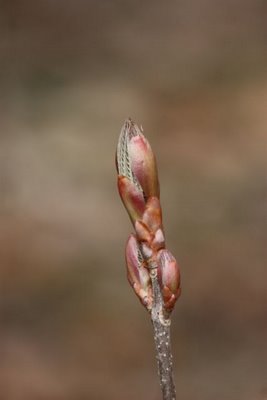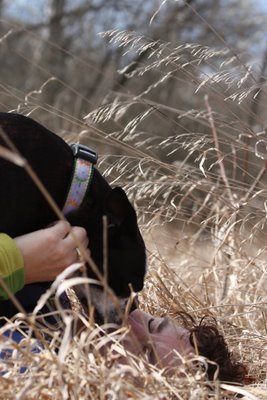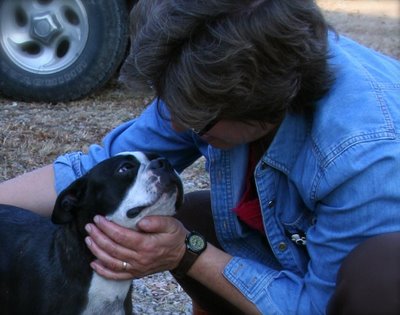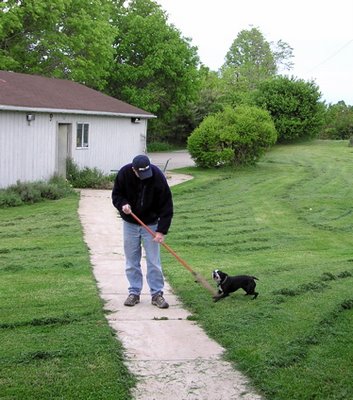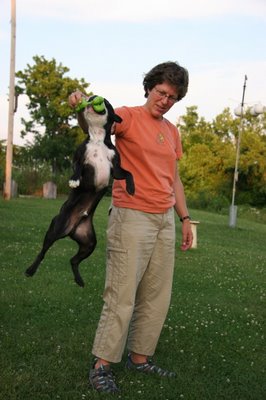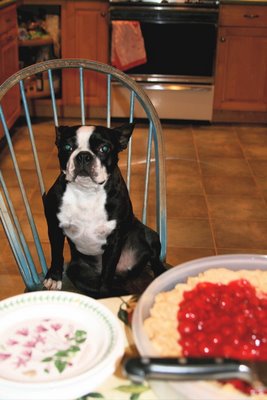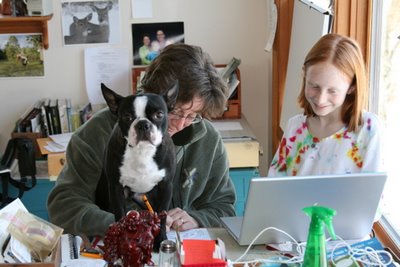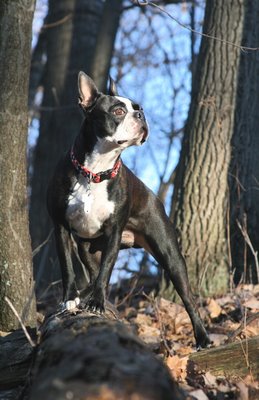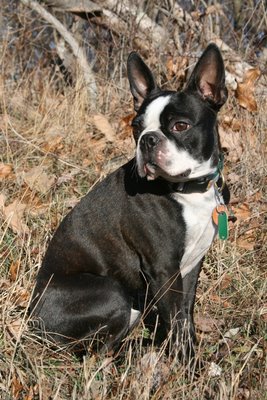Emptying the Greenhouse
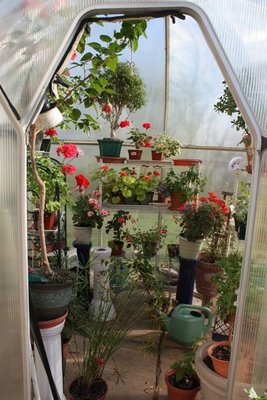
Oh, the greenhouse was crammed. And the weather predictions were for upper 80's and low 90's over the weekend. Yiiikes. I was not about to allow all the plants I'd been growing all winter to be fried. Ever since the fan broke in my greenhouse, I've been trying to get it emptied and planted out before it gets really hot. I hated the drone of that fan anyway, and if it's hot enough for it to be running, it's too hot for the plants. At least that was my rationale for not having somebody come out to install a new fan. So I had the devil chasing me to get the Pod emptied before the big heat hit.
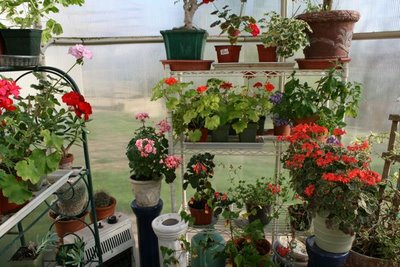
I have to say I was as pleased with my plants this year as any. I was a good girl and pinched back the geraniums instead of letting them all get huge. I toughened my stance on bringing in big huge pots of flowers from the yard. It would only be cuttings this year. And I didn't go nuts--just one or two cuttings of each.
One difference this year from others is that I switched from giving liquid fertilizer (Peter's, dissolved in water) to Osmocote, which is fertilizer bound up in round, time-release pellets. You mix it into the soil and it does its work steadily and slowly as the months go by. What a difference. Instead of the huge spurts of top-heavy growth, I got slow, steady, sturdy growth in my plants.
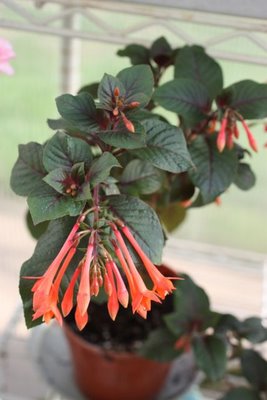
Gartenmeister fuschia, the first time I've grown a decent specimen indoors. Yay!
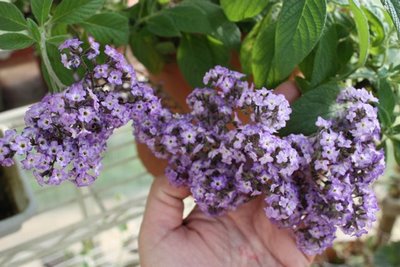 Heliotrope, which smells like cherry pie. It's now out in the flower border. Rabbits don't like it. Yay again.
Heliotrope, which smells like cherry pie. It's now out in the flower border. Rabbits don't like it. Yay again.The poet's jasmine loves Osmocote. It was looking sickly and yellow, and Osmocote and some pyrethrins brought it back from Red Spider Miteland. It has a heavy, musky scent all its own. I crave it. And it blooms year 'round. What a dinkum plantie.
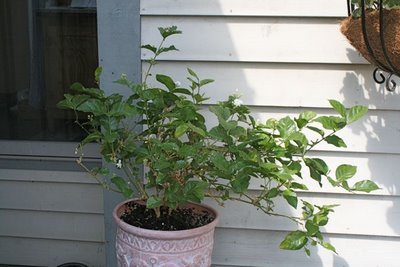
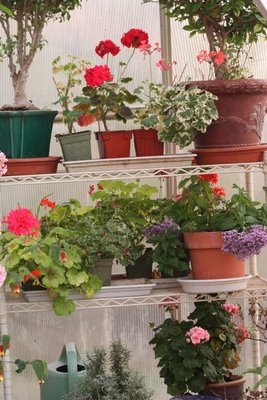 These are the geraniums I can't live without: star geraniums in red and hot pink, little bitty Grey Sprite, Occold Shield with its chestnut-splotched chartreuse leaves, Vancouver Centennial with its chestnut star-shaped leaves edged in chartreuse; Rosina Read in pink, Wilhelm Langguth with its white-bordered leaves, Frank Headley with its ridiculously white leaves and salmon flowers. The list goes on. At one time I had 28 varieties of miniature and dwarf and fancy-leaved gerania. They are my weakness. Well, one of my weaknesses. People of passion have many weaknesses.
These are the geraniums I can't live without: star geraniums in red and hot pink, little bitty Grey Sprite, Occold Shield with its chestnut-splotched chartreuse leaves, Vancouver Centennial with its chestnut star-shaped leaves edged in chartreuse; Rosina Read in pink, Wilhelm Langguth with its white-bordered leaves, Frank Headley with its ridiculously white leaves and salmon flowers. The list goes on. At one time I had 28 varieties of miniature and dwarf and fancy-leaved gerania. They are my weakness. Well, one of my weaknesses. People of passion have many weaknesses.But now it was time for them to go back out in the big world.
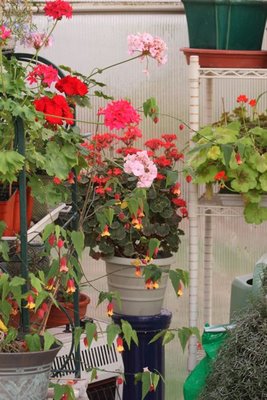 And so I planted them in nine planters and five baskets, all to keep them out of the reach of wabbits. Wabbits are huge geranium fans. They like them so much they chew them into tiny bits, leaving a neat pile of leaves and stem chunks where once there was a plant. Leaving me jumping up and down, firing my sixguns fruitlessly in the air like Yosemite Sam.
And so I planted them in nine planters and five baskets, all to keep them out of the reach of wabbits. Wabbits are huge geranium fans. They like them so much they chew them into tiny bits, leaving a neat pile of leaves and stem chunks where once there was a plant. Leaving me jumping up and down, firing my sixguns fruitlessly in the air like Yosemite Sam.So what's a geranium freak to do? Why, elevate them, of course. You're never going to get rid of rabbits. The really precious plants go in hanging baskets, and the rest in planters, which are themselves elevated to about 18 inches, which is high enough to deter all but climbing rabbits (and they sometimes do climb to get to them). RRRRRR. Chet Baker. Where are you when they are doing that?
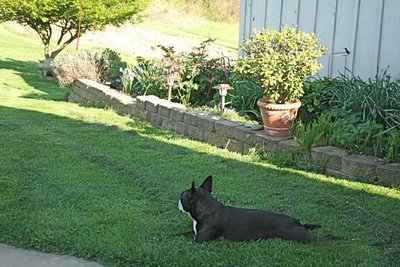
Sleeping? Cooling my tummeh in the green grass? I do not know. Rabbits are crafty. They do it at night, when I am asleep in my Jedd Bed. That's what I think. You cannot blame me for what the bunnehs do, Mether.
Here is my HotPot, with a red star geranium (so called because the leaves and flowers are like pointy stars), Occold Shield, and Vancouver Centennial. I put it next to the cool Bird Spa, and get photos of warblers in the crazy foliage. By September, Vancouver Centennial will look like a chestnut and chartreuse waterfall over the whole pot.
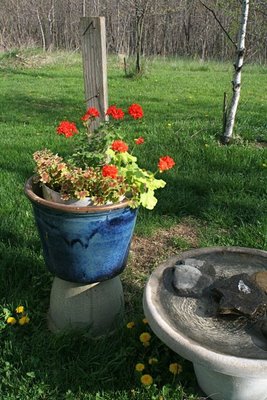 And here's the Cool Pot in the shade of a birch, with Gartenmeister fuchsia and a pink and purple fuchsia I love. Other than having to spray them with pyrethrins or insecticidal soap every couple of days for whitefly, I like growing fuchsias. Once they go outside, I don't have to spray them any more, nor do I want to, because the hummingbirds are visiting then.
And here's the Cool Pot in the shade of a birch, with Gartenmeister fuchsia and a pink and purple fuchsia I love. Other than having to spray them with pyrethrins or insecticidal soap every couple of days for whitefly, I like growing fuchsias. Once they go outside, I don't have to spray them any more, nor do I want to, because the hummingbirds are visiting then.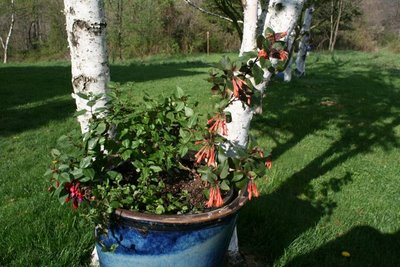
You can see the elevational element in all my plantings. Of necessity. I'd love to have planters right on the ground, but then there would be no plants in them. And forget planting geraniums right in the ground around here. Gone, overnight. Good thing I like planting in containers, huh?
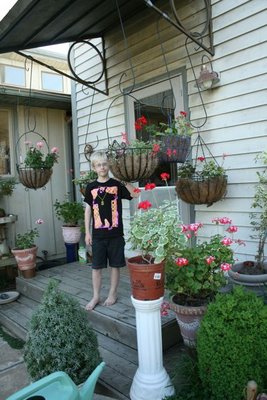
Mary Alice, my giant hibiscus tree, was made into a standard by rabbits, who ate every bit of foliage they could reach.
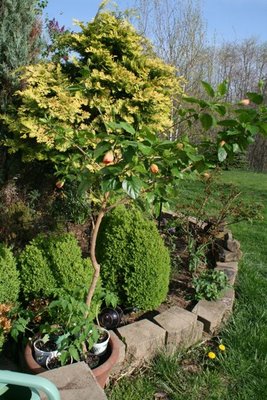
She's too tall now for rabbits, and the spicebush swallowtails love her so much.
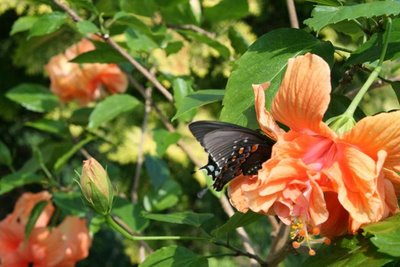 I'm forever carving away at this miniature Ficus benjamina "Too Little." It's waist high to me now, and it's easier to keep the scale under control on a small tree. Still and all, scale and ficus go together like white and rice. They're awfully sticky plants, with all the scale pee dropping from them. Bleh. Still, it makes a very nice miniature tree. I guess it qualifies as a tropical bonsai at this point.
I'm forever carving away at this miniature Ficus benjamina "Too Little." It's waist high to me now, and it's easier to keep the scale under control on a small tree. Still and all, scale and ficus go together like white and rice. They're awfully sticky plants, with all the scale pee dropping from them. Bleh. Still, it makes a very nice miniature tree. I guess it qualifies as a tropical bonsai at this point.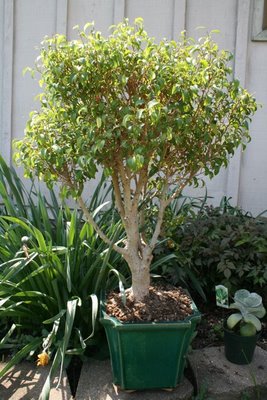
Phoebe got this jade tree as a tiny cutting from her first grade teacher, Mr. Jennings. Marty's gone now, cut down in his prime by cancer, but Marty the jade tree, and our loving memories of him, live on. He was an amazing teacher, a loving disciplinarian, and he taught those first graders to read in nothing flat.
That's an awful big jade tree, six years later. Chet can stand in Marty's shade.
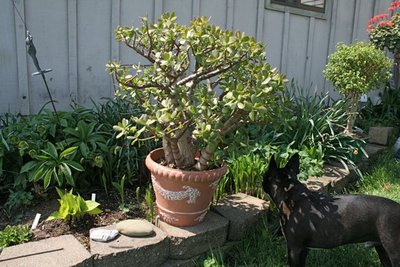 Speaking of trees, I've trained a little gardenia into a great big standard with a braided trunk.
Speaking of trees, I've trained a little gardenia into a great big standard with a braided trunk.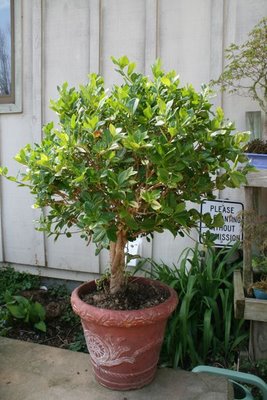 Every stem tip has a flower bud. It killed me to keep pinching it back to keep its nice round shape, and it ticked the plant off to have its new growth continually pinched off, and I knew as I did it I was preventing the possibility of flowers, and I haven't smelt a gardenia flower since way last summer, but... when this thing finally bursts into bloom after a year of pinching and training it will all be worth it. Woo!
Every stem tip has a flower bud. It killed me to keep pinching it back to keep its nice round shape, and it ticked the plant off to have its new growth continually pinched off, and I knew as I did it I was preventing the possibility of flowers, and I haven't smelt a gardenia flower since way last summer, but... when this thing finally bursts into bloom after a year of pinching and training it will all be worth it. Woo!Meanwhile, the bonsais are all potted up and leafing out beautifully. I gave them a huge root pruning this spring, which always gets them going strong.
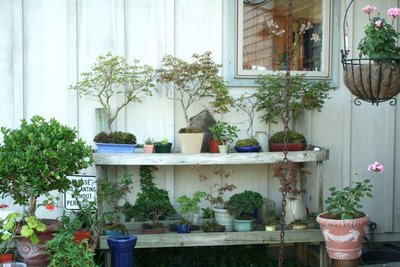
My favorite. Or one of them. A Japanese maple, perfect subject for bonsai. This one, in the pot 25 years. A coon knocked it off the deck and split its trunk in 1993. I thought it would die, but I taped it together with electrician's tape and hoped for the best. This is the glorious result. I suppose I owe that coon.
The tree comes up to about mid-thigh on me, just FYI.
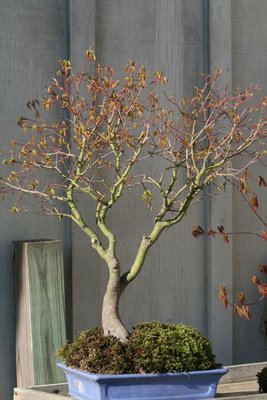
The bleeding heart has expanded beautifully. Bill indulged in some little solar lamps that delight us all out of proportion to their cost. We love to sit out in lawnchairs and watch them come on, just as the whip-poor-wills start to sing.
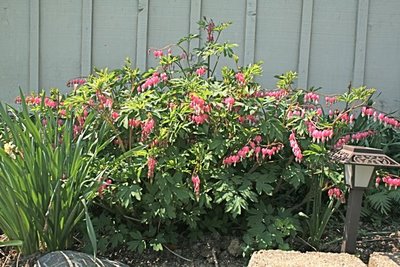 Nepeta "Walker's Low" and King Alfred daffies. Too bad I don't have cats, that catnip is rampant. (But I don't miss them ).
Nepeta "Walker's Low" and King Alfred daffies. Too bad I don't have cats, that catnip is rampant. (But I don't miss them ).Labels: " Gartenmeister fuchsia, fancy geraniums, Ficus benjamina "Too Little, Garden Pod, greenhouse, heliotrope, hibiscus, Nepeta "Walker's Low"

